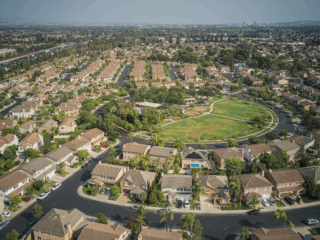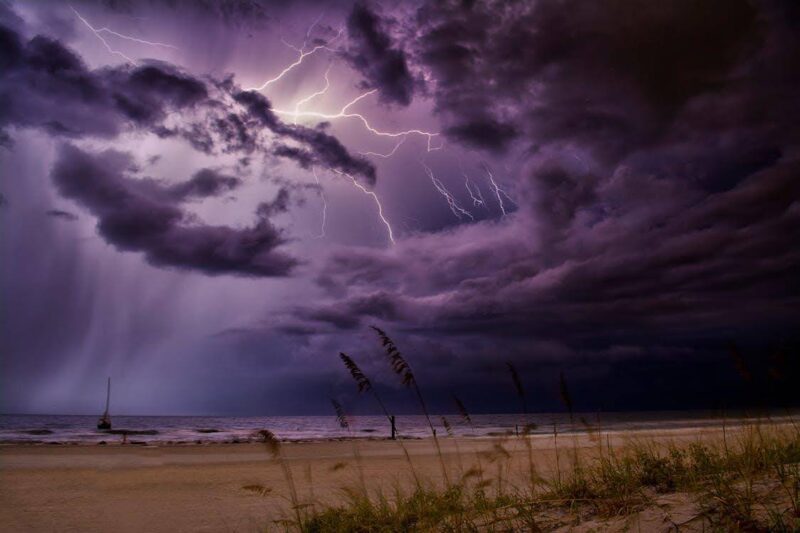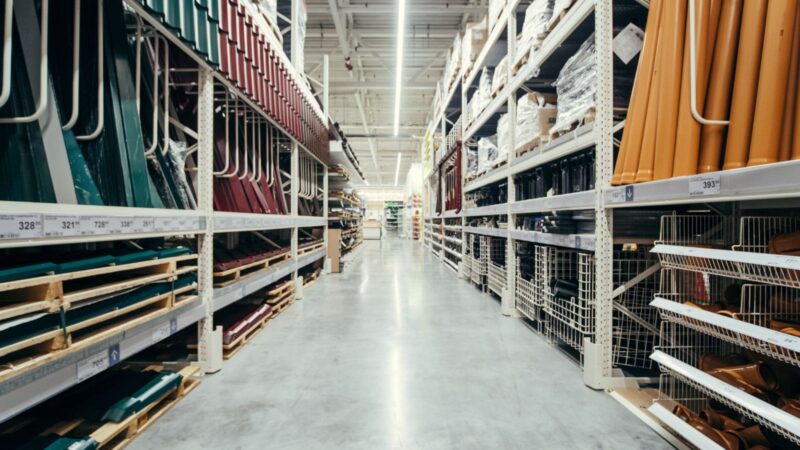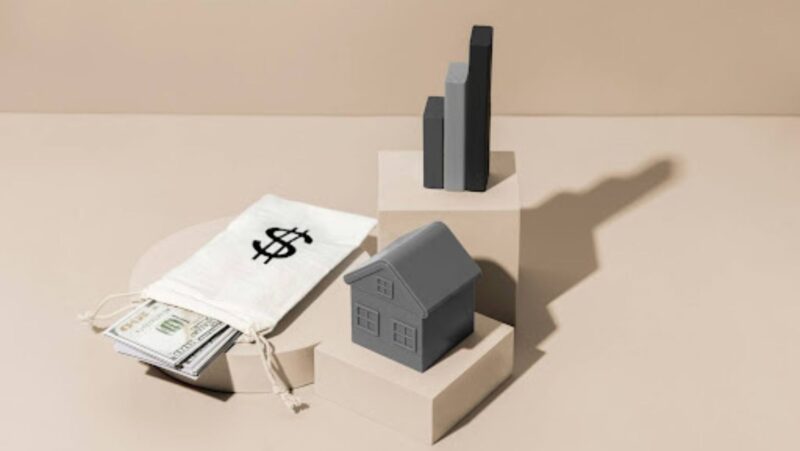
Are you tired of dealing with plumbing nightmares? From clogged drains to leaky faucets, these issues can disrupt your daily life and lead to costly repairs. But don’t worry; you’re not alone. Many homeowners face similar plumbing challenges.
This article will discuss common plumbing issues and provide practical tips for maintaining a smooth-flowing, hassle-free plumbing system.
Clogged Drains
Clogged drains are a prevalent issue in both kitchens and bathrooms, often resulting from the gradual accumulation of hair, grease, soap scum, and food particles. These materials can thicken and form blockages that slow down water flow or completely obstruct the drain. In addition, the design and configuration of your plumbing system, including the types of pipe fittings used, can also influence how easily these blockages form and how effectively they can be cleared.
To prevent clogs, it’s advisable to regularly clean your drains using a natural mixture of baking soda and vinegar, followed by flushing with hot water. This not only helps in breaking down potential blockages but also keeps your pipes clean and odor-free.
Leaky Faucets
Leaky faucets are not only annoying but can also lead to significant water waste over time. The primary cause of a leaky faucet is usually a worn-out washer, O-ring, or seal within the faucet mechanism. These components degrade over time due to constant use and exposure to water.
To fix a leaky faucet, you typically need to disassemble it and replace the damaged parts. Depending on the type of faucet, this could involve replacing the washer, O-ring, or the entire cartridge.
Running Toilets
A running toilet can be a significant source of water wastage, often caused by a faulty flapper valve, improper chain length, or worn-out seals. The flapper valve seals the tank after each flush, and if it becomes worn or doesn’t sit properly, it can cause water to continuously leak into the bowl.
Similarly, if the chain connecting the flapper to the flush handle is too long or too short, it can prevent the flapper from sealing correctly. Adjusting or replacing these components usually resolves the issue.
Low Water Pressure
Experiencing low water pressure can be frustrating, especially when it affects showers and faucets throughout your home. This issue often arises from sediment buildup in the pipes, clogged aerators, or leaks within the plumbing system. Over time, minerals in the water can accumulate and restrict water flow through pipes and fixtures.

To address this, you can start by cleaning the aerators on faucets and showerheads, which often become clogged with debris. If this doesn’t resolve the problem, it could indicate a more serious issue like pipe corrosion or a hidden leak, both of which may require professional inspection and repair to restore normal water pressure.
Water Heater Issues
Water heaters are essential for comfortable living, but they can develop problems over time, such as inadequate heating, strange noises, or even leaks. These issues are often caused by sediment buildup in the tank, thermostat malfunctions, or broken heating elements.
To maintain your water heater, it’s important to flush the tank regularly to remove sediment, which can reduce efficiency and damage the unit. If you’re experiencing inconsistent water temperatures, checking and adjusting the thermostat settings or replacing faulty heating elements may resolve the problem.
Leaking Pipes
If not addressed promptly, leaking pipes can cause significant water damage and increase utility bills. The most common causes of leaking pipes include corrosion, high water pressure, and damaged seals.

Corrosion occurs over time as water and minerals react with the pipe material, leading to small holes and leaks. High water pressure can also strain the pipes, causing joints and seals to fail. To fix a leak, you need to locate the source and apply a temporary solution like pipe repair tape or a pipe clamp.
Sewer System Backup
A sewer system backup is one of the most common plumbing problems. It often results from blockages in the main sewer lines, which are typically caused by tree roots infiltrating the pipes, grease buildup, or foreign objects being flushed down toilets.
When a sewer backup occurs, raw sewage can back up into your home, creating a hazardous and unpleasant situation. To prevent backups, be mindful of what you flush down the toilet—only flush toilet paper and human waste.
Noisy Pipes (Water Hammer)
Noisy pipes, often referred to as ‘water hammers,’ occur when the flow of water suddenly stops or changes direction, causing the pipes to bang against each other or the walls. This can happen when valves close too quickly, leading to a pressure surge within the pipes.
Water hammers not only cause disruptive noise but can also damage the home plumbing system over time. To mitigate this issue, you can install water hammer arrestors, which absorb the shock and prevent the pipes from banging.
Frozen Pipes
Frozen pipes are a common issue in colder climates, where water inside the pipes can freeze and expand, leading to blockages or even burst pipes. Burst pipes can cause significant water damage and require costly repairs.
To prevent pipes from freezing, insulate any exposed pipes, especially those in unheated areas like basements or attics. Moreover, during extreme cold, allowing faucets to drip slightly can keep water moving through the pipes, reducing the risk of freezing. If your pipes do freeze, use a hairdryer or heat lamp to gently thaw them—never use an open flame.
Conclusion
By understanding common plumbing challenges and implementing preventative measures, you can significantly reduce the likelihood of encountering plumbing emergencies. Remember to address issues promptly, maintain your plumbing system regularly, and seek professional help when needed. With a bit of knowledge and care, you can enjoy a trouble-free plumbing experience.












